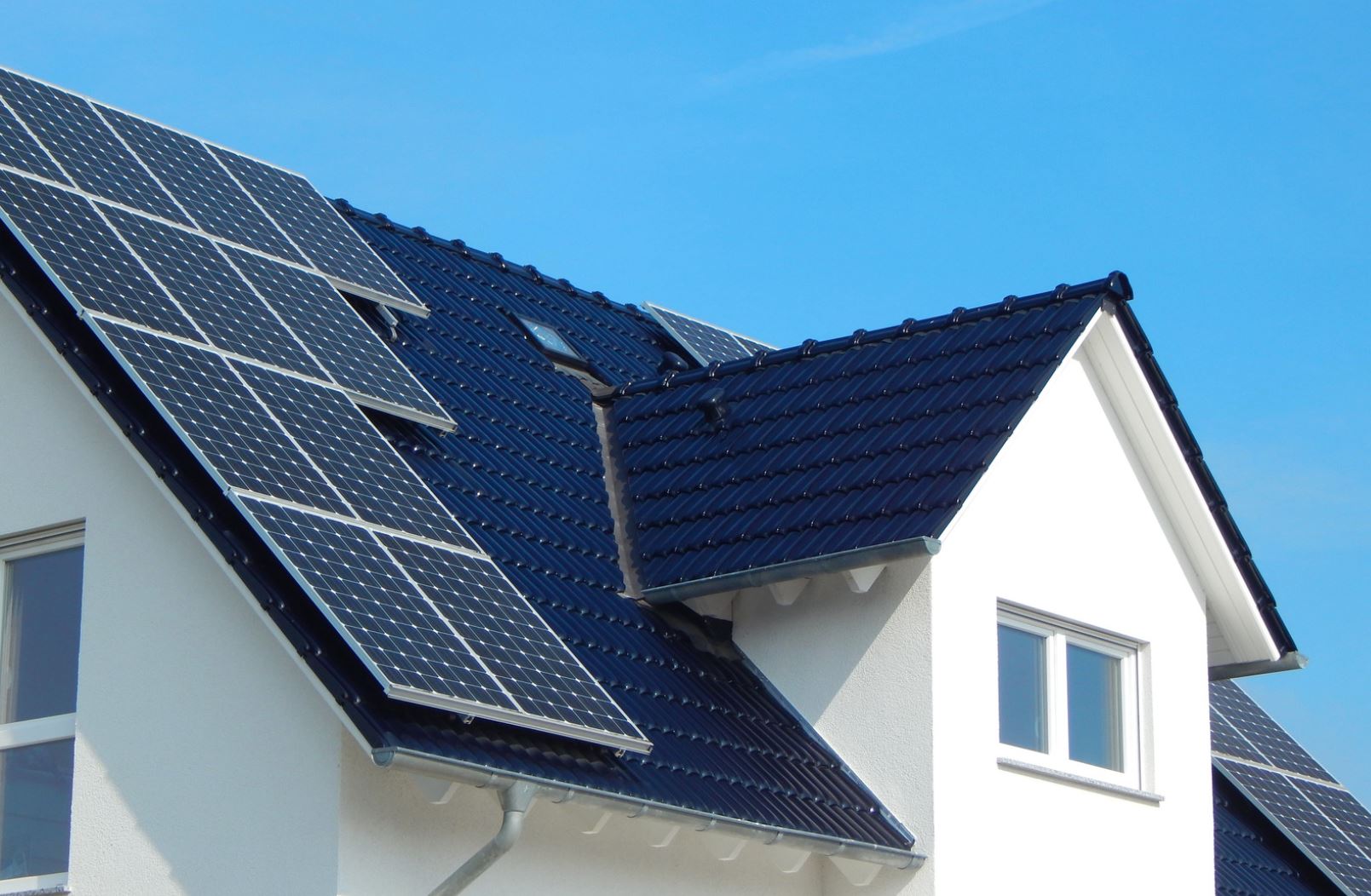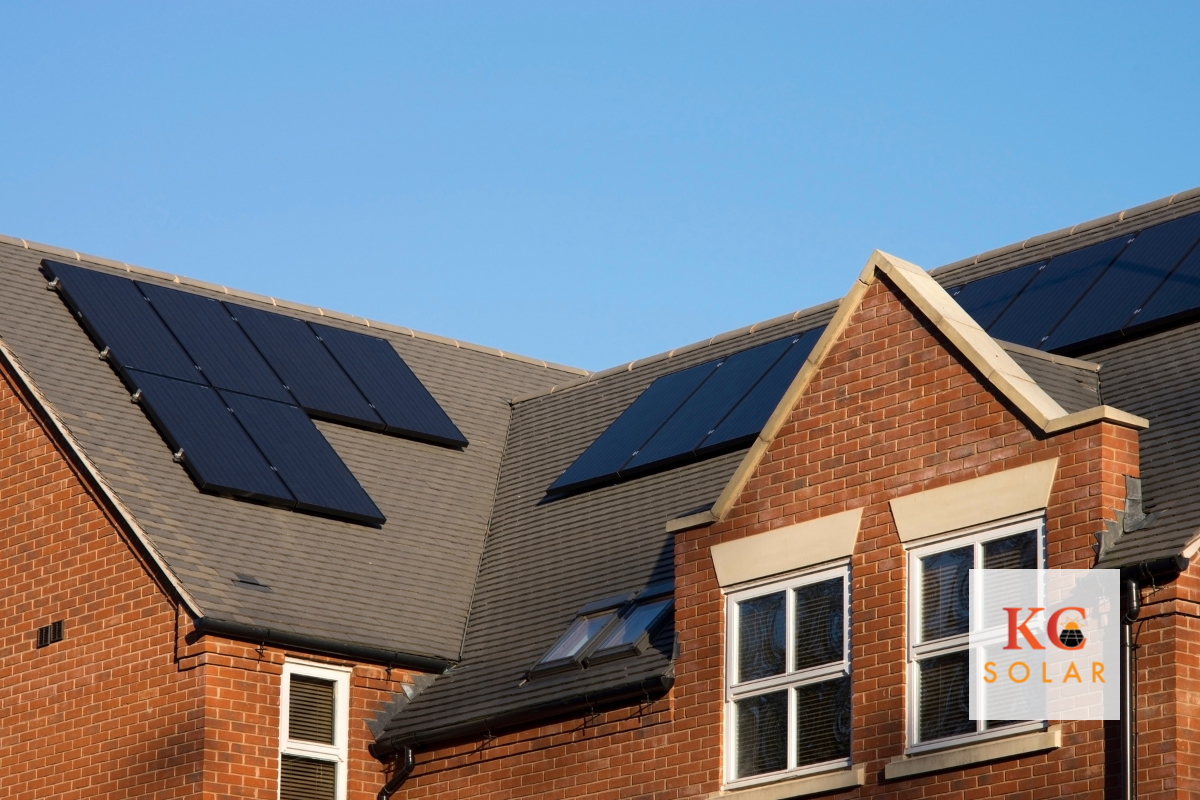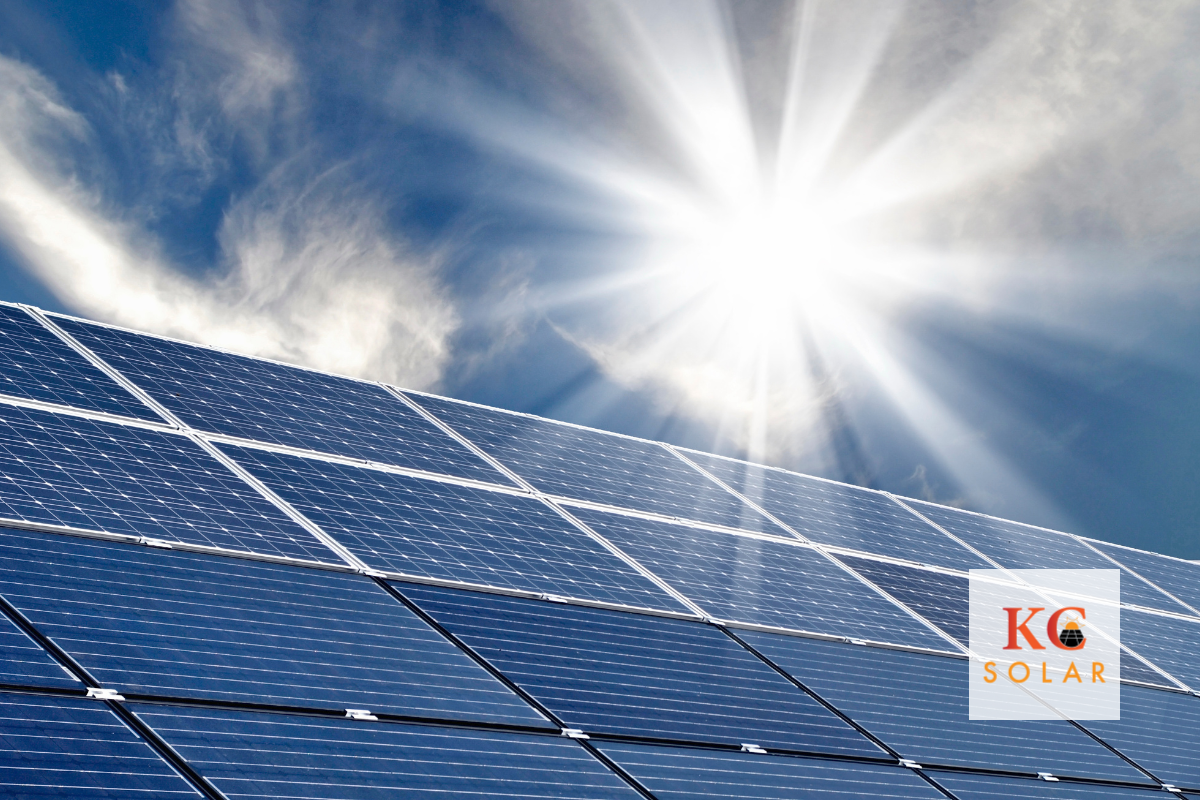You know the benefits of solar power. Lower your electric bill. Become energy independent. And be environmentally friendly at the same time. But if you’re considering making the switch to solar, there’s one more burning question you may want answered. How do solar panels actually work, anyway?
How do those big, shiny blue or black slabs of metal and glass provide all those benefits for solar panel owners? Whether they’re on your roof or an array system on your property, these fantastic shimmering rectangles are only one part of the process that ensures the delivery of electricity to your home.
Keep reading to learn more about how solar panels work.
What Are Solar Panels Made Of?
Standard solar panels are made of metal, glass, plastics and aluminum. And these materials make up about 90% of the solar module. But those aren’t the parts that help convert light to electricity. The most important part of a solar panel is the layer of silicon cells.
Remember the periodic table from high school chemistry? Silicon — atomic #14 — is a nonmetallic chemical element in the carbon family with properties that allow it to naturally convert sunlight into electricity. Interestingly, the whole process of creating energy from sunlight may have more to do with chemistry than you thought.
How the Photovoltaic Effect Works
“The photovoltaic effect is a process that generates voltage or electric current in a photovoltaic cell when it is exposed to sunlight. It is this effect that makes solar panels useful, as it is how the cells within the panel convert sunlight to electrical energy. The photovoltaic effect was first discovered in 1839 by Edmond Becquerel.” — EnergyEducation
In solar panels, each solar cell has two layers of silicon. One is positively charged, and the other is negatively charged, forming an electric field. When sunlight hits the solar panels, electrons are “knocked loose” from the semiconductor material — in this case, the silicon. When cells are energized, an electric circuit is formed, and the electrons are captured in the form of an electric current. And there you have it: electricity.
This is the photovoltaic effect in practice. Because of this, solar panels are also sometimes called “photovoltaic” or “PV” cells.
The Importance of Solar Inverters
The energy produced through the photovoltaic process is known as direct current, or DC, energy. But the energy used in the United States electrical power grid is alternating current, or AC, energy. That’s because it’s less expensive to transmit, especially over longer distances. So when DC energy is produced by the solar panels, we need a way to convert it for our electric power grid. That’s where inverters come in.
Three types of inverters are common for solar panels. You as the solar panel owner can choose which type is best for your needs.
- String Inverters: These can be the cheapest to install. But they’re the most inefficient when it comes to energy production and durability. When one panel is affected by shade or debris, every other panel is impacted. Also, the panels generally need to face the same direction and angle. This can be limiting based on your home’s location and layout.
- Power Optimizers: These can be integrated with string inverters to create the second type of system. The optimizers are integrated into each panel and are essentially add-on costs that can result in low power efficiency. They may provide some benefits when it comes to decreasing the impact of shading and improving individual panel monitoring. But the cost may not measure up in the long run.
- Micro Inverters: Most recommended by our team at KC Solar. Micro inverter systems perform at a high efficiency install easily. Using system-wide and panel level monitoring, the consumer is able to pinpoint any specific problems like fraying wires or debris that may be impeding the power process. The micro inverter is a part that will likely need replacing after a certain number of years, making them marginally more expensive. But in the long run, you’ll get the most power and efficiency.
Net Metering Incentives
On a cloudy day, or at night, solar panels aren’t able to collect much (or any) sunlight to convert to electricity. And on sunny days, your system may be creating more energy than you need. What happens to the surplus?
Through a solar incentive process called net metering, solar panel owners can store excess energy in the electric grid for future usage. Using a meter, the electricity that flows in both directions — to and from your home — is measured to understand how much energy you’re using vs. producing.
The excess energy you produce and store on the grid can be used for electricity on those cloudy days or other days when your system may be underproducing. With net metering, you’ll be credited for your solar panels’ energy at the same rate you’d normally pay to your utility company.
It’s another one of the many ways that solar panels can help save you money over the life of your system.
KC Solar: Your Hometown Experts
If you are looking for the best solar company in Kansas City, look no further than KC Solar. They are your local Kansas City solar panel installation experts. Once you schedule a no-pressure site visit, our experts will help you understand what solar system specifications would be best for your home or business.
KC Solar is the only local solar company in Kansas City with KC natives who own and operate the daily activities of the business. What does that mean for you? We care about you because we care about this city, and we only want the best for it.
And be sure to download our Free Solar Panel Buying Guide for more information.
We look forward to serving you!






